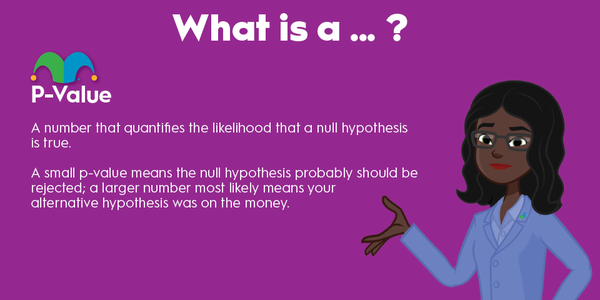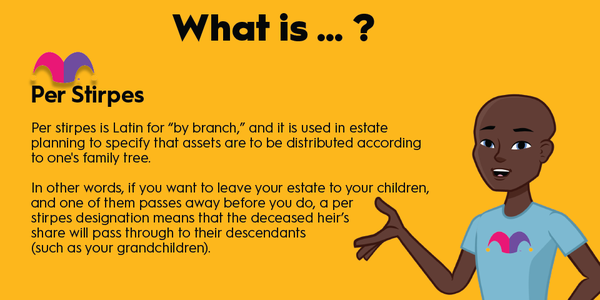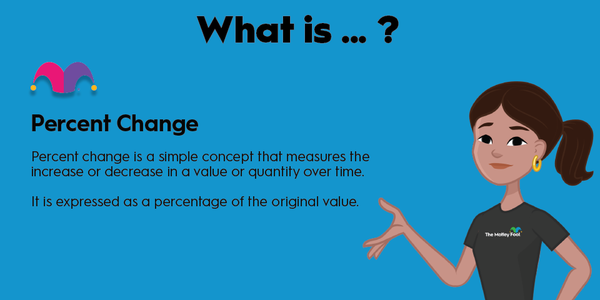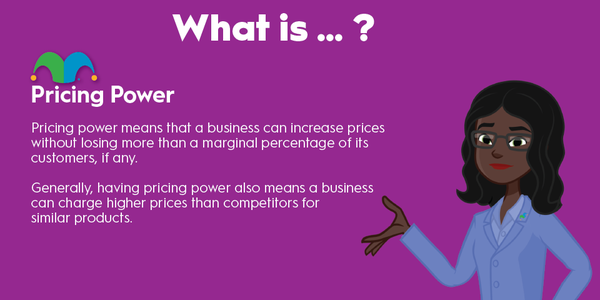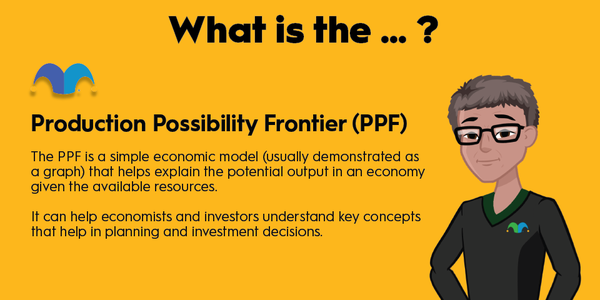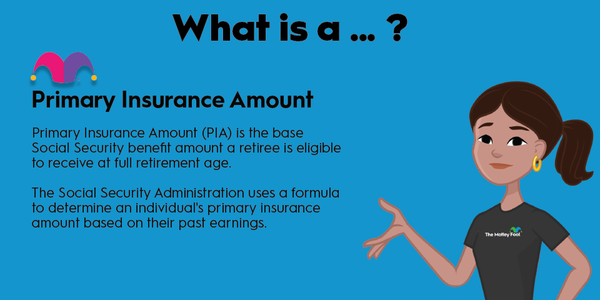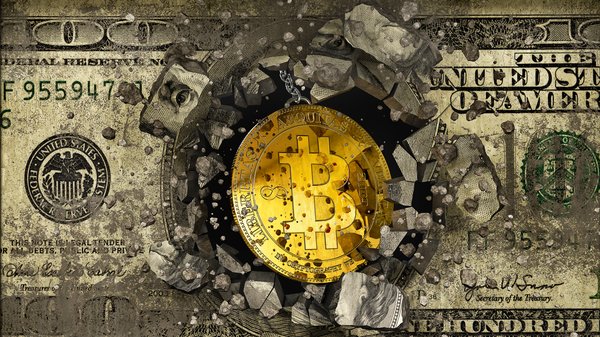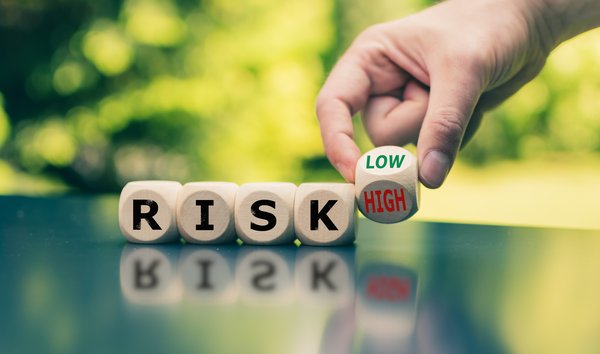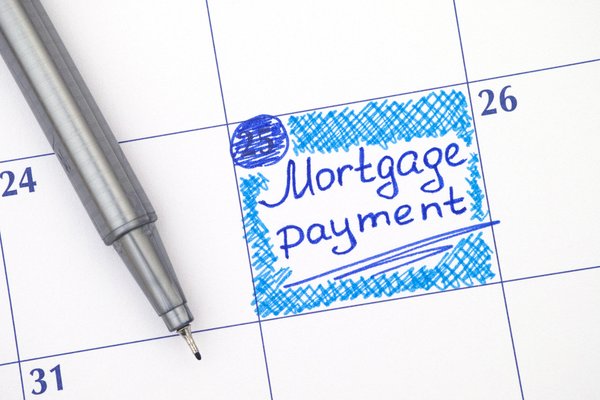Pi (CRYPTO:PI) is a perfect example of the phrase, "If it sounds too good to be true, it probably is." It's designed to be a cryptocurrency you mine on your phone using the Pi Network app. With no start-up costs and no other equipment required, it's easy to see the appeal.

While Pi Network has managed to build a large community of more than 33 million users, it has also gone years without launching a blockchain or its cryptocurrency, meaning PI coins have no value. Here's a full guide to how Pi works and if it's worth checking out.
Uniqueness
What makes Pi unique?
Pi Network is like a combination of a digital currency, an app, and a multi-level marketing (MLM) scheme.
The hook for Pi is that you can mine it on your phone. Other cryptocurrencies that use mining, most notably Bitcoin (BTC -2.4%), require much more processing power, so most miners use specialized devices.
Pi is mined in the Pi Network app, and the mining process only requires that you tap a button on your phone every 24 hours. It's technically not crypto mining since there's no mining going on. You're not verifying transactions, at least at the current stage of development. In reality, you're receiving PI coin vouchers for using the app once per day and proving you're not a robot.
To sign up in the app, you need an invitation code from a member. Pi Network uses a referral system where you earn more coins based on the number of people who register with your invitation code.
Your Pi is stored in the app. You can't withdraw it, sell it, or exchange it for other cryptocurrencies. According to the Pi Network website, you'll be able to do all that in the third phase of its roadmap when the mainnet launches, although there's no estimated launch date.
Where it started
Where Pi came from
Nicolas Kokkalis and Chengdiao Fan, two Stanford University researchers, founded Pi Network. They began developing it in 2018 with the goal of making a digital currency for everyday people. They released a white paper and the Pi Network app on March 14, 2019 (Pi Day).
Kokkalis and Fan are still in charge of the project and serve as its core team. Kokkalis is head of technology, and Fan is head of product.
How it works
How Pi works
The Pi Network app is about as straightforward as it gets. It has a lightning button that you tap to mine Pi. This also starts a 24-hour countdown, and, when it ends, you need to check in and tap the button again to continue mining. You don't need to leave the app open to mine, so all it takes is opening the app and tapping the button every 24 hours.
Your hourly mining rate is determined by when you signed up. Earlier members earn at a higher rate than those who came after. You can boost your mining rate by inviting new users or building a security circle.
There are four roles users can play on Pi:
- Pioneer: Mines Pi by tapping the lightning button.
- Contributor: Adds three to five other users they trust to a security circle. Contributors earn an extra 0.2 PI per hour for each member of their security circle.
- Ambassador: Introduces new users to Pi through their invitation code. Ambassadors earn up to a 25% mining bonus for each person they invite.
- Node: Runs the Pi node software on their computer. This software is currently in the testing phase.
Users can have multiple roles. For example, you could be a Pioneer, Contributor, and Ambassador if you mine Pi, build a security circle, and invite new users.
According to the Pi white paper, it's being built on the Stellar Consensus Protocol used on the blockchain for Stellar (XLM -1.22%). The Stellar Consensus Protocol was chosen to enable user-friendly, mobile mining.
Connections
Connections
Pi Network doesn't have any notable partnerships. It has held a Pi Hackathon to kickstart development of Pi apps and an ecosystem. Winning projects and honorable mentions received funding in both U.S. dollars and PI coins.
The winning business app of the first Pi Hackathon was Pi Workforce Pool, an employment marketplace with Pioneers. The winning ecosystem app was PiCare, a bug-reporting system for Pi apps.
Risks
Unique risks
There isn't any financial risk with Pi because the app is free to use. The only thing you're spending is your time when you check in to keep mining.
The question is whether Pi is worth your time. Some users see it as a no-lose situation. If Pi never amounts to anything, they're not out any money. If it does, they can sell the PI coins that took very little time and energy to obtain.
That's one way to look at it, but don't hold your breath on Pi being worth anything in the future. The project has been around for years without launching, and its cryptocurrency has zero value. There has even been speculation that it could be a social experiment to see how long people will continue mining a cryptocurrency they can't withdraw or use.
It's worth noting that the Pi Network app can collect and sell your data, including personal data, app usage data, and advertising-related data. Additionally, the Pi Network requires that you give them your "Know Your Customer" (KYC) information such as copies of your government-issued identification before you will be able to buy, sell, or trade anything from the future apps that will be released on the Pi Network. If you prefer to limit who can access your data, then you probably wouldn't want to download Pi Network.
How to get Pi
Pi can't be bought or sold and isn't available on any crypto exchanges. The only way to acquire it is through the Pi Network app. Here's how:
- Download Pi Network on your smartphone.
- Set up an account with a username, password, and either an email address or phone number.
- Enter an invitation code. If you don't have one, you can find plenty online.
- Tap the lightning button to start mining.
- Check the app every 24 hours and tap the lightning button to keep mining.
If you want to start saving up Pi, it's a simple process. Will this cryptocurrency ever have any value? Time will tell, but the Pi Network is extremely unconventional and controversial, and it offers little use so far, so look for other options if you plan to make crypto part of your investment portfolio. You could try cryptocurrency stocks or investing in cryptocurrencies that are available to buy and sell such as Bitcoin and Ethereum (ETH -0.5%).
Related investing topics
FAQs
When will Pi coins enter the market?
Pi coins will enter the market if and when the mainnet launches. There's no estimated launch date and no guarantee it will happen.
How many Pi coins will there be?
The maximum supply of Pi coins hasn't been confirmed yet. If Pi coins enter the market, the maximum supply will likely be available at that time.





